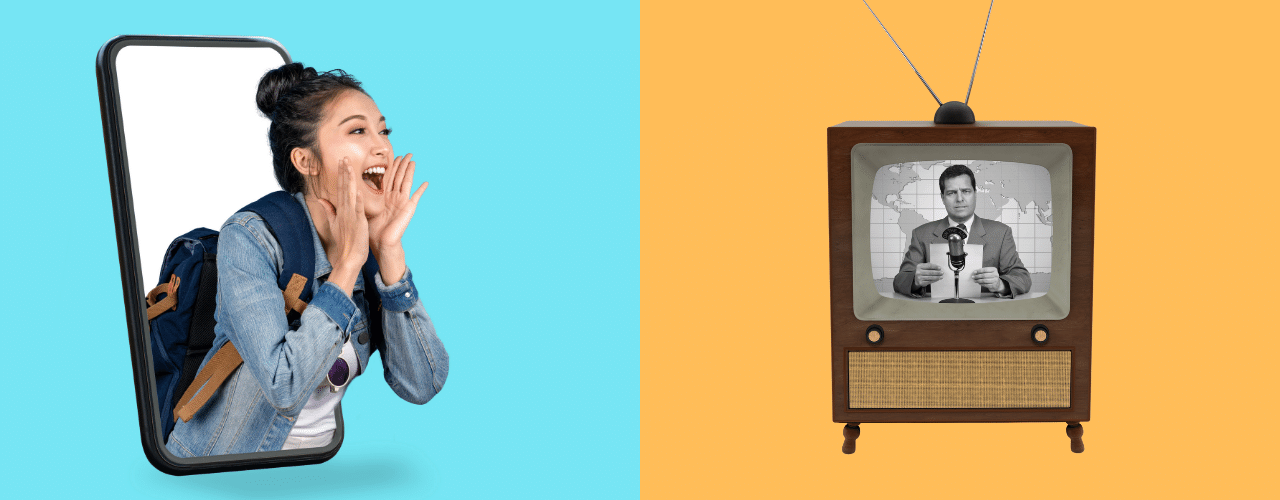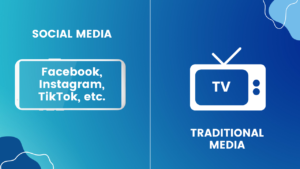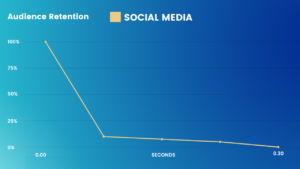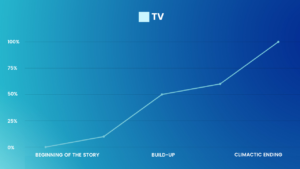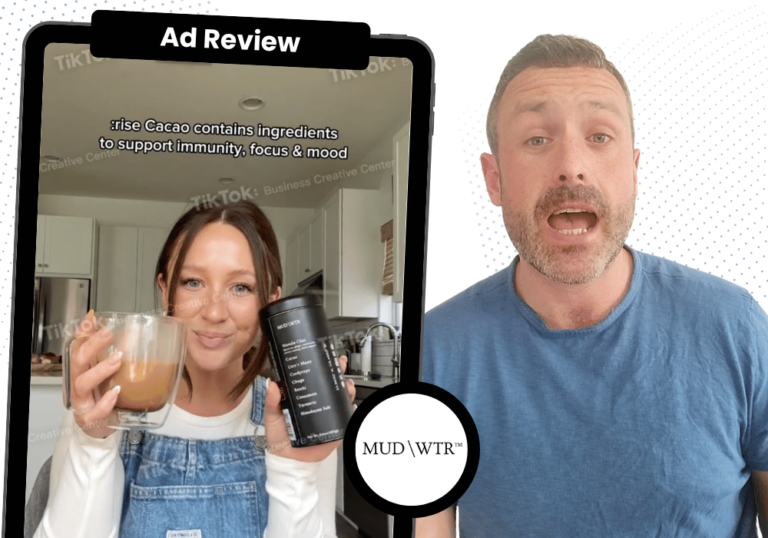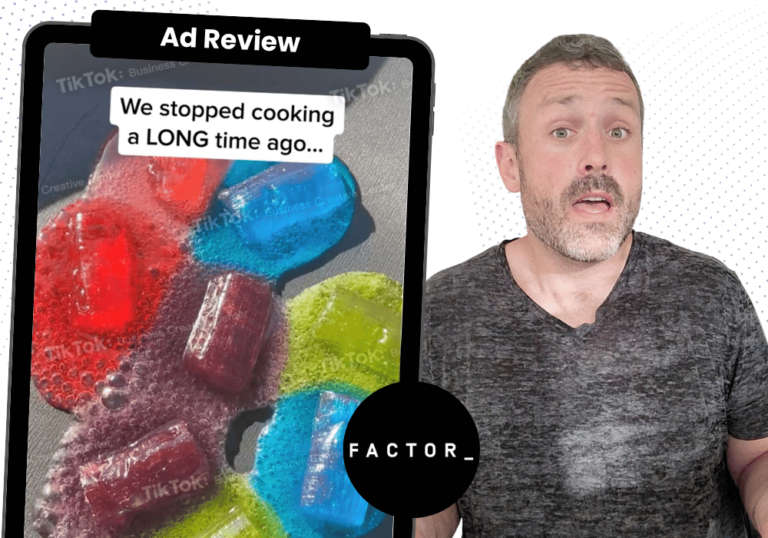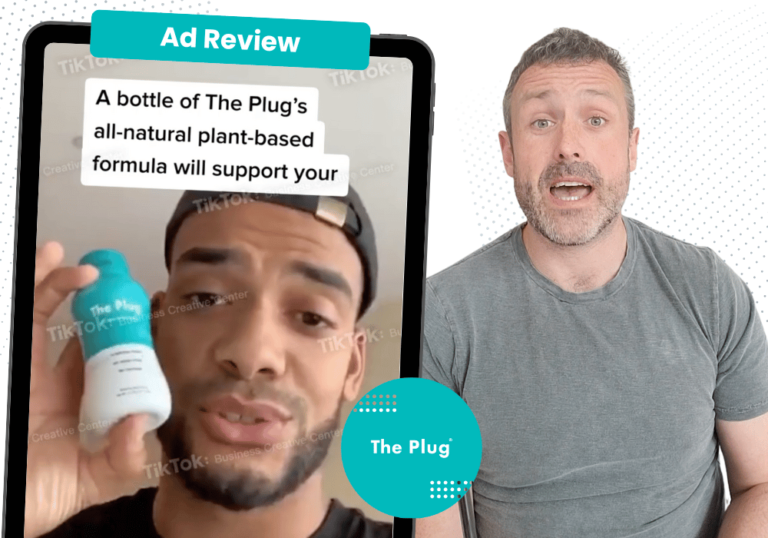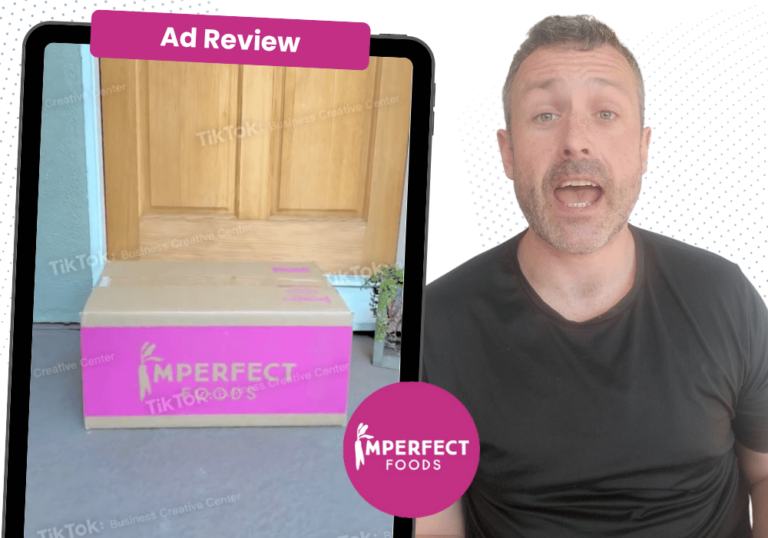What’s the difference between social media and traditional media in advertising?
Social media ?refers to all the platforms we know and love such as YouTube, Facebook, Instagram, TikTok, and more. It could be any app on your phone that simply allows you to connect.
Traditional media on the other hand can mean a variety of formats which include ? Television, ? Radio, ? Snail Mail, ? Newspapers, you name it! It’s old school media that we’ve gotten accustomed to for years before the internet took over.
When it comes to people who consume the content, social media can target a more specific audience. For instance, a Facebook Ad from a Vegan Restaurant can specifically target people who are on the vegan diet. Whereas, TV commercials will reach a broader audience because they’re broadcasted to everyone at the same time in the same format.
Social media is also more flexible because you can access it anywhere and in any device, even a TV. It’s also more interactive because it helps us connect with people from anywhere in the world. As for traditional media, back then, we would watch television and have no control over what would air or what would be advertised. So, old school media like TV is much more still and static.
To make this clearer, we’ve broken it down to simpler terms (and really cool graphics!) So allow us to further explain the difference between the 2 platforms and their practices. Let’s begin!
? Presenting Benefit
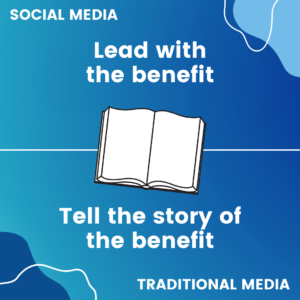
Why?
With TV, you have to build up the story and tell the benefit with a climactic ending because you can understand it better through good storytelling. This means you can save the benefit for last simply because it works better that way.
But when it comes to paid social, you have to get to the point and tell your audience what they can gain from you at the beginning of your social ad. Unlike TV, people can scroll past your ad which means you need to lead with the benefit of your product/service to get the highest volume of your audience consuming your why.
?️ Audio Captions
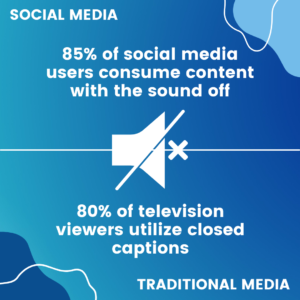
Why?
Social media content is consumed with the sound off, 85% of the time. That’s no surprise because we carry our phones everywhere. When we’re in public spaces, it’s easier to watch videos on mute. That way, we wouldn’t bother anyone or make a scene. Hence why audio captions are very important. If your video ad doesn’t have them then your audience needs to rely on the sound. But if they would rather watch the video silently, they’ll be forced to skip on your ad and watch another video.
For traditional media, the same rule can be applied but for a different reason. According to 3playmedia.com, around 80% of people use audio captions or subtitles for reasons other that hearing loss. This means people prefer to use subtitles when they watch TV, mostly because it helps them understand everything more. For commercials however, the FCC doesn’t actually require captioning because they aren’t classified as “video programming” if they’re under 5 minutes long. So, a 30-second ad wouldn’t require subtitles.
But in Sean Zdenek’s 2010 article on the subject, he points out that advertisers already spend a lot of money on their ads yet they still forget about captioning: “Advertisers spend so much money crafting the ad itself and buying the airtime that it makes little sense for them to forget about captioning for the “approximately 17 percent (36 million) of American adults [who] report some degree of hearing loss” (NIDCD).” So even though it isn’t required, you would still reach more people if you caption your ads. In fact, you’re making it more accessible to everyone by doing so.
? Video Length
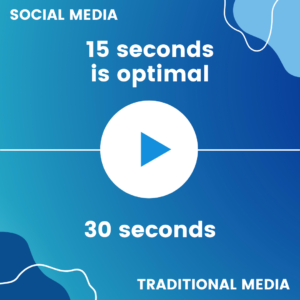
Why?
Because we consume content very quickly. We basically scroll through our feed in high speed. So if your ad is 15 seconds long, you can be certain that more people will see it. It’s short enough to be consumed immediately and long enough to hit your target. Plus, 15-second videos allow you to have optimal creative across a larger network of placements like Instagram Stories.
As for traditional media, a 30-second advertisement is ideal because we have more time to watch ads on TV. You don’t need to make it too long but it doesn’t need to be too short either. Unlike social media, TV ads don’t need to be incredibly fast-paced. Below is our graph of Audience Retention for Social Media vs. TV.
In Conclusion
And their you have it — the main differences between social media and traditional media. It’s no doubt that both formats have their advantages and disadvantages but in order to advertise well, we should make the most out of every platform we choose. Whether that’s Facebook Advertising or TV commercials, we can reach our goal if we know how to work them. And remember, caption your videos as much as you can! ?
We know the benefits of using the internet on your phone easily outnumber old school TV but which medium do you prefer today? Let us know!
Scale your business through paid social with us. Click here to begin!

